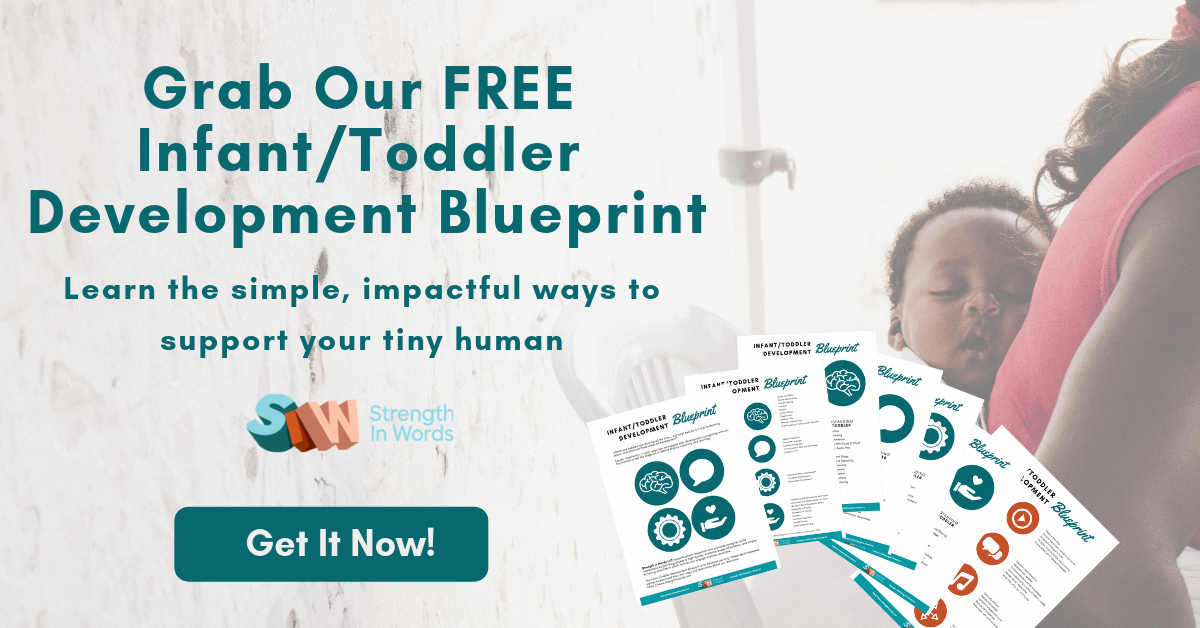One of my main tips for parents is that we can embed so much therapeutic value into the activities that we do each and every day. And that’s the “meat and potatoes” of occupational therapy – we’re helping people do the job of living.
Yeah, you can come up with creative and fun things to do, but that’s kind of a lot of work, you know? But you just think about what you do during your day, and then involve your child.
And then you’re building that relationship, you’re building their independence, and so many other factors that are such an important part of their development.
– Christie Kiley, MamaOt
I was fortunate to have a chance to sit down with Christie Kiley, creator of Mama OT (a wonderful resource for young families looking to understand motor and sensory development in their infants and toddlers).
Christie spoke to me about her work as a pediatric occupational therapist and her interest in sensory processing (also known as sensory integration).

During our conversation (featured in full in the corresponding podcast episode, “What Is Sensory Processing? ” she defined the components of sensory development, how this development can be understood through infant and toddler learning, and what it might look like when something is “not quite right.”
In addition, Christie explained, when considering the types of “sensory activities” you might do with a young child to support motor and sensory development, there are three main sensory systems in the body that lay the foundation for sensory and motor development:
- the vestibular system (which controls balance and coordination)
- the proprioceptive system (which provides input to the joints and muscles, helping us understand more about where our body is in space)
- the tactile system (what our skin tells us when we are exploring different sensations)
It’s important to consider all these systems when we think about sensory development and sensory activities, as the integration of sensory information is really about all of these systems together.
One thing I really appreciated about the conversation was the way Christie broke down the kinds of activities that help to support the development of each sensory system.
With all the ideas out there for “sensory play,” it’s easy to forget that this doesn’t just refer to “sensory bins” or “water play” (which are great for the tactile system!) – there’s a lot more to it than that
When I asked her what types of sensory activities she would suggest for any child – whether or not they were having difficulties with sensory processing – she stated,
“The first main sensory type of activity that is great for ALL kids is what we call ‘heavy work,’ and that’s the proprioceptive system… that’s often one of the first go-to’s because heavy work tends to be very regulating and organizing for kids, especially kids that maybe have a lot of energy, or maybe who have other true sensory processing challenges.”
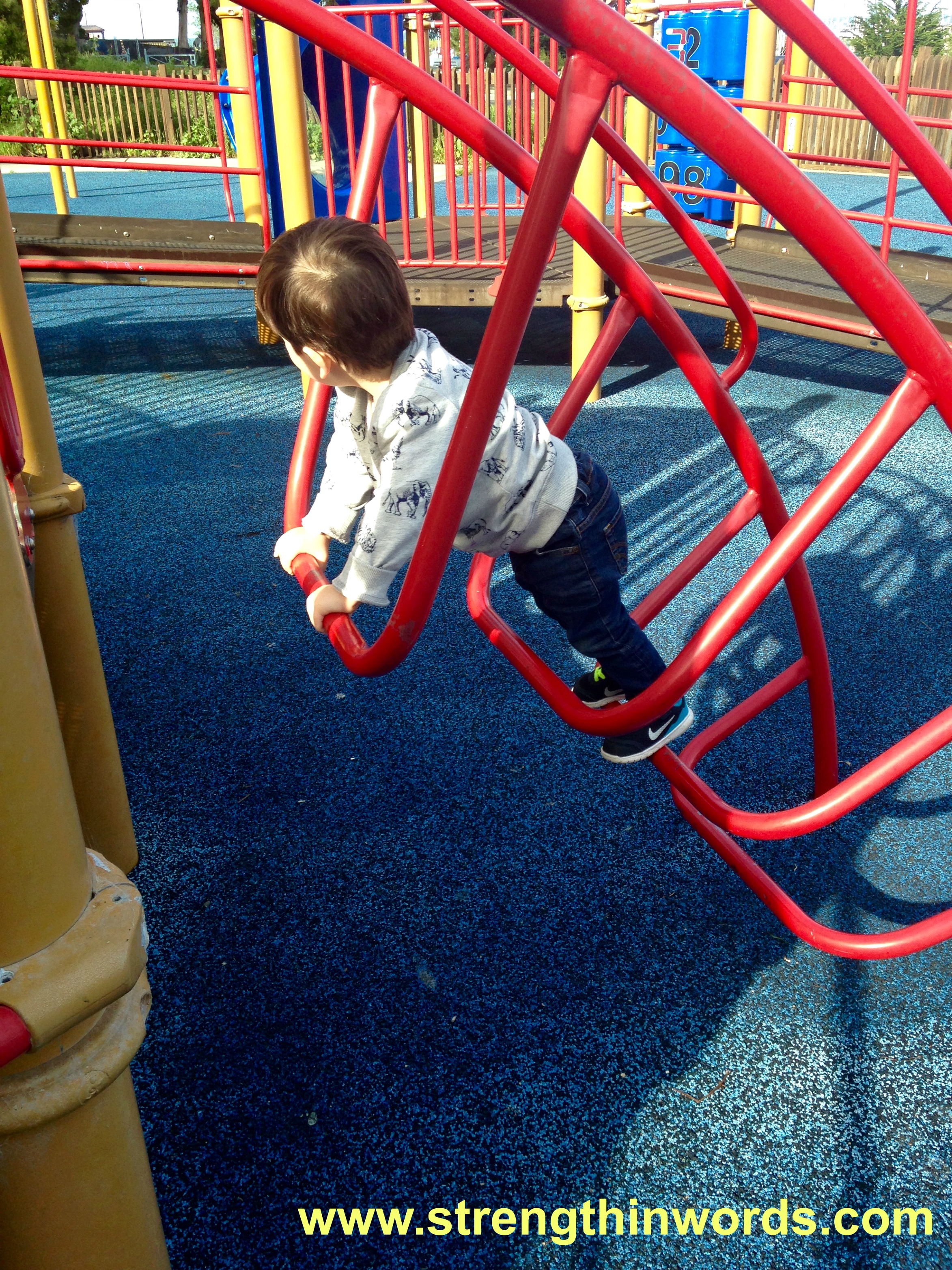
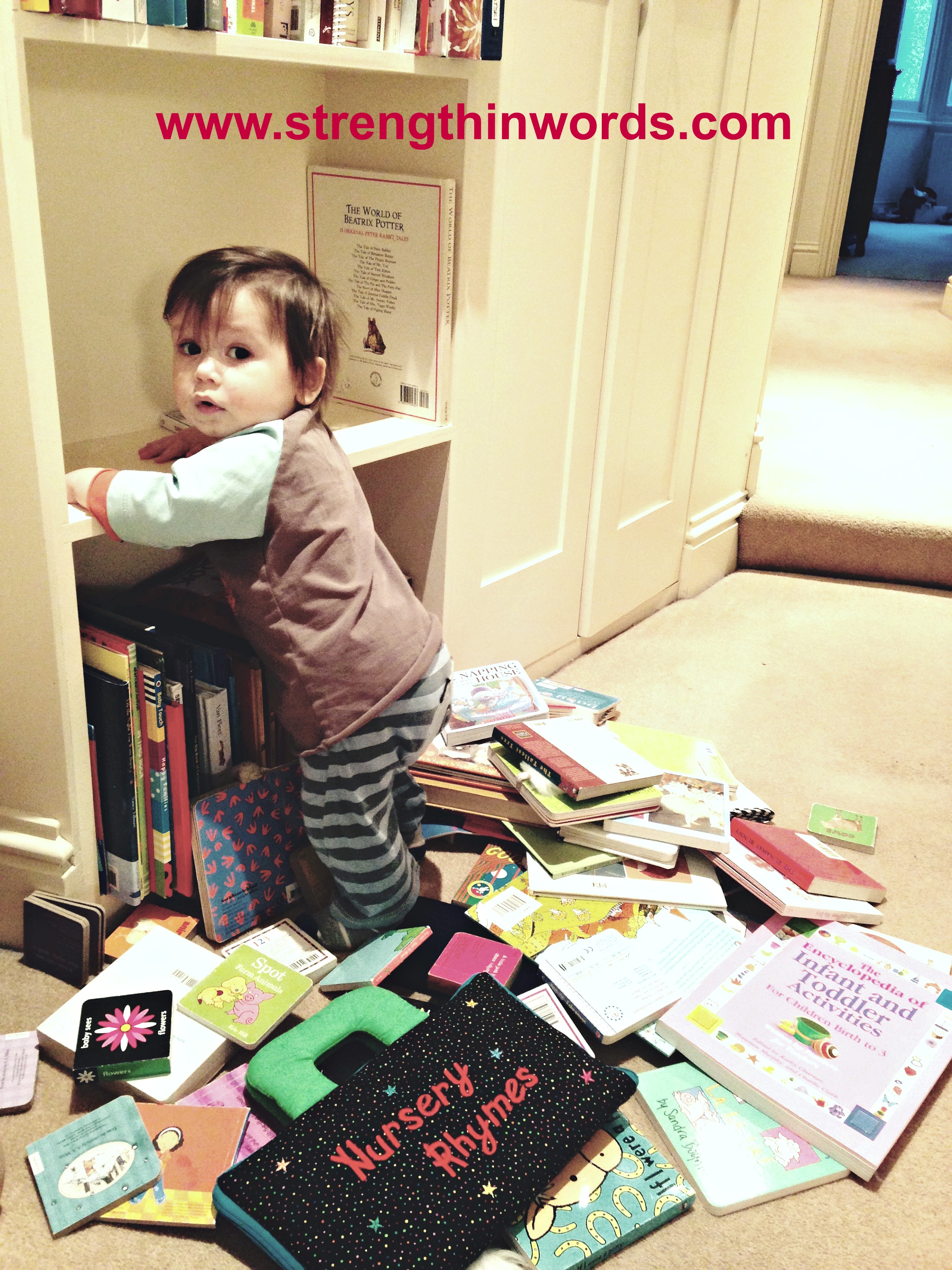


Christie’s definition of “heavy work” is essentially just what it sounds like – moving and pushing things that are heavy, and that gives heavy input to the muscles and joints.
Since the work of an occupational therapist is focused around helping people with the jobs of daily living, Christie suggests that many of the best ways to incorporate activities that involve heavy work are to simply embed them into every day activities.
On her website, she offers a ton of great ideas (40, in fact!) for heavy work, many of which can be done by infants and toddlers, and breaks them down into three separate types – playtime activities, chore/helper activities, and meal/snack activities.
I found this incredibly useful – not only to give me great, practical ideas for activities to do with my toddler (and in preparation for the birth of my second baby), but also to affirm that all the physical activities that I try to involve my son in, all the play and chore-like independent play we foster in our children (whether on a playground, or in, say, a Montessori household or school, or in the backyard or grocery store), is truly supporting their development in so many ways.
Here are some of Mama OT’s ideas, in addition to a few of my own, many of which you can find on her wonderful blog post, “4o Heavy Work Activities For Kids.”
I can think of a few ways my toddler engaged in some heavy work activities, such as:
- Climbing on the playground (see above)
- “Organizing” his book shelf (see above)
- Pushing and pulling a vacuum (see above)
- Watering the plants (see above)
- Pushing on playground equipment (see below)
- Pushing a wheelbarrow (see below)
- Pulling a suitcase through a store (could also be through an airport, or a grocery basket through a grocery store) (see below)
- Drinking a thick smoothie through a straw (see below)
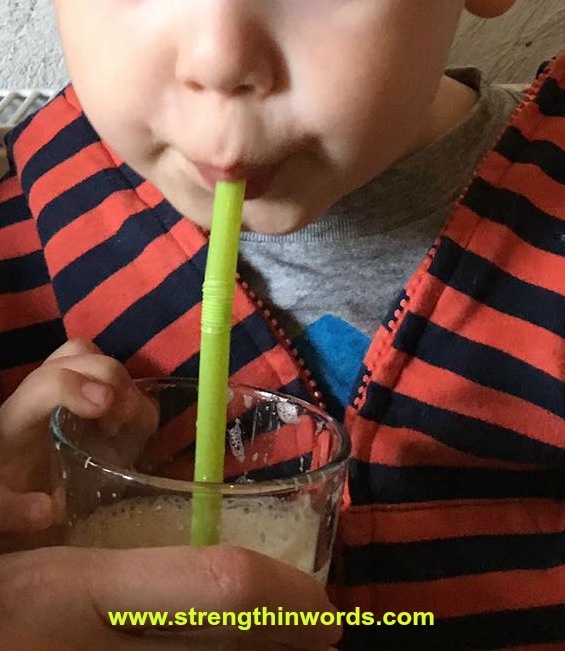

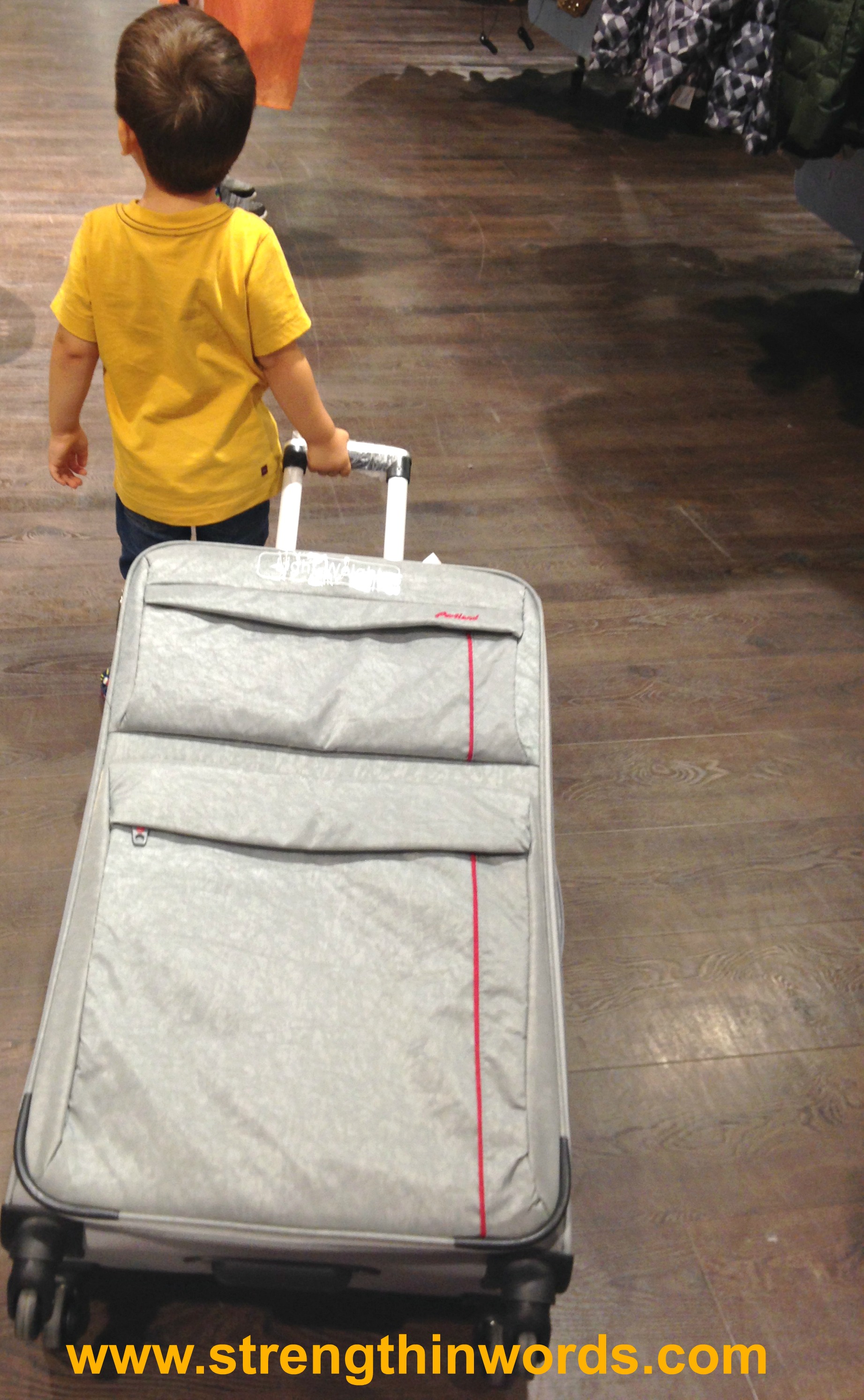
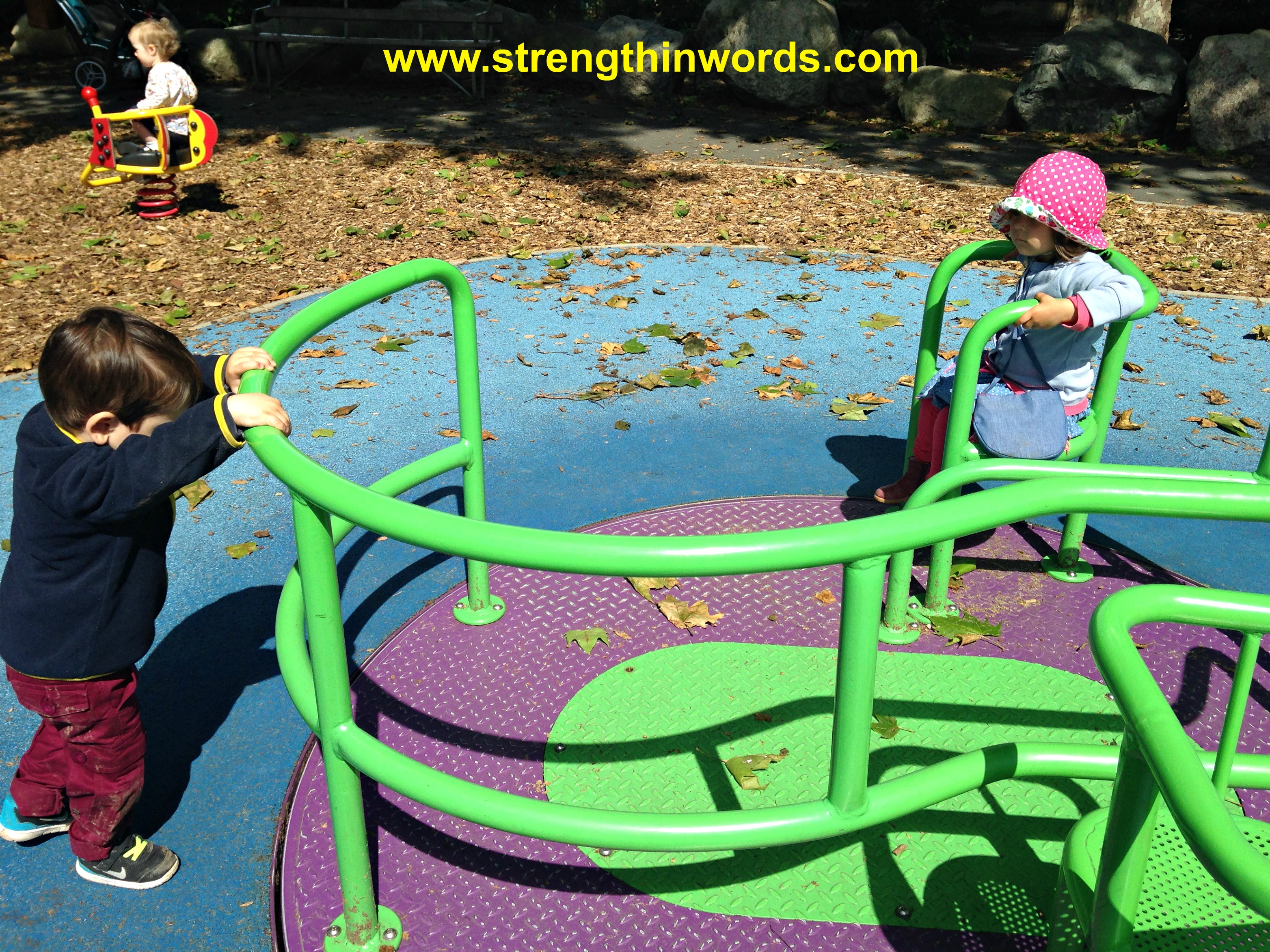
Don't Miss our Corresponding Podcast Episode!

Materials to Engage in your own “heavy work” activities:
- You simply need materials already available in your daily life – if you’re in the grocery store, your child can pull or push the grocery cart or basket.
- If you’re in the backyard, your little one can hold a watering can and water the plants.
- If on the playground, any of the pushing, pulling, or climbing equipment your little one can engage in at their own level is a wonderful way to involve your infant or toddler in “heavy work” activities.
Instructions to Engage in your own “heavy work” activities:
- Ensure safety, and allow your little one to participate at whatever level they are able.
- The idea is not to aim for perfection of a task – it’s to involve your child in the physical activity, allowing them to participate and engage with you, building their confidence and building the bond of being together.
Ages:
- Mama OT divides some of the types of “heavy work” activities into three categories (as above), playtime, chore/helper, and meal time activities.
- An infant who is able to grasp objects and pull or push them, one who is able to pour from one container to another, who is starting to learn about managing solids and drinking from a straw, or who is beginning their journey of mobility through crawling or standing, can engage in many of these activities.
- A toddler, who is beginning to climb, carry, hold, pull, push, etc. will likely be able to engage in all activities (where appropriate!)
This post contains affiliate links. All activities described by Learn With Less assume close supervision of the child by an adult.

